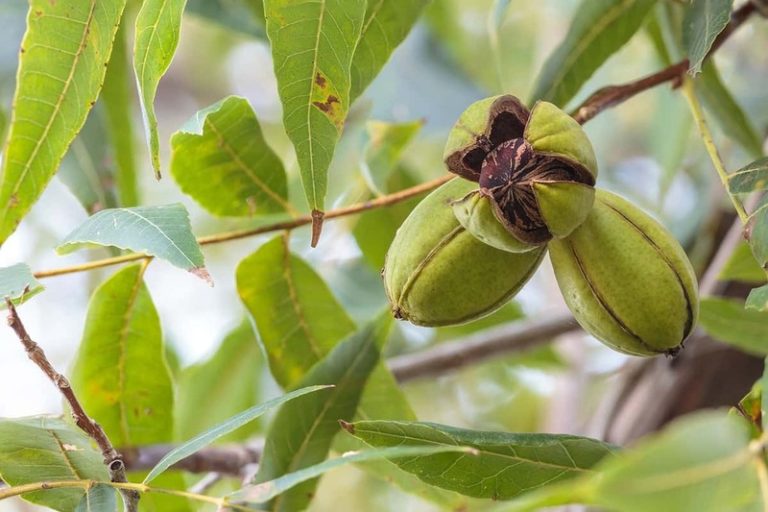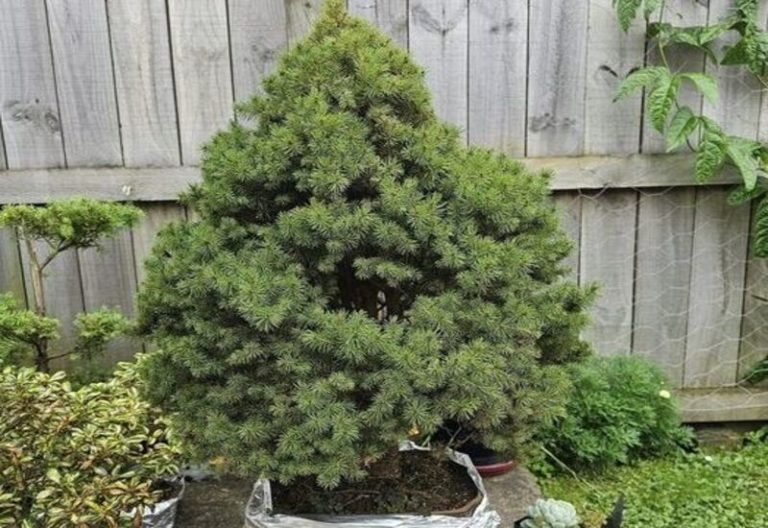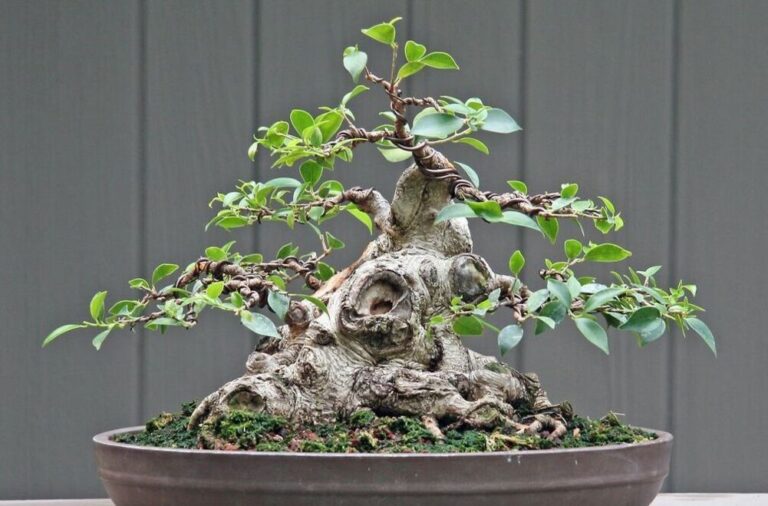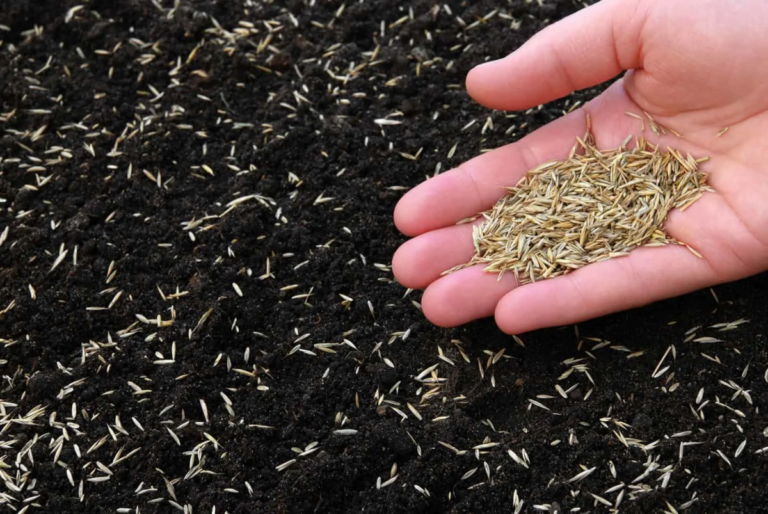Best Bonsai Books: Explore your Options Today!
Bonsai is a unique and fascinating art form that has its origins in China and Japan. It involves cultivating and shaping miniature trees to create beautiful, miniature landscapes. Bonsai trees are often grown in small pots and require careful maintenance to keep them healthy and looking their best.
Books about bonsai are great for learning more about this art form. Instructions for growing and maintaining bonsai trees are included, as with suggestions for new and interesting ways to display these little trees. Here, we’ll discuss the value of reading about bonsai and what to look for when making a book purchase.
History of Bonsai
Bonsai is a traditional Japanese art form that involves cultivating miniature trees in small containers. However, the origins of bonsai can be traced back to China, where the practice of growing miniature trees in pots began over a thousand years ago.
During the Tang dynasty (618–907 AD), Chinese scholars would bring trees and plants into their homes and cultivate them in containers to create small-scale versions of natural landscapes. These miniature landscapes, known as Penjing, were intended to reflect the beauty of nature and were often used for meditation and contemplation.
Growing small trees in pots finally made its way to Japan, where it became known as bonsai. In Japan, bonsai became famous when Zen monks started growing small trees in pots as a way to bring nature into their temples in the 14th century. Over time, the art of bonsai grew and changed until it became a recognized form of art.
During the Edo time (1603–1867), the Japanese aristocracy became interested in bonsai. They hired artists to make elaborate and complicated bonsai patterns. During this time, the basic rules of bonsai design were set, such as the value of creating a feeling of balance and unity and the use of asymmetrical shapes.
In the 20th century, bonsai began to proliferate to new regions, including Europe and North America. There are numerous methods and techniques employed by bonsai artists today.
The rich and captivating history of bonsai spans numerous centuries and cultures. From its origins in China to its development in Japan, bonsai has evolved into a revered art form that continues to inspire and captivate people worldwide.
Benefits of Bonsai Books
Bonsai publications provide a plethora of information and inspiration for those interested in this unique and intriguing art form. Here are some of the most significant benefits of reading bonsai books:
Learning the art of bonsai: Bonsai books give a thorough reference on developing and caring for bonsai plants, including soil, watering, trimming, and fertilizing information. This knowledge is critical for anybody interested in developing their own bonsai plants.
Enhancing bonsai skills: Bonsai books provide insights into advanced techniques and design ideas that can assist experienced practitioners develop their skills. They also offer advice on how to fix common problems and keep bonsai trees healthy.
Finding inspiration: Bonsai books are filled with beautiful photos and illustrations that showcase a wide range of bonsai designs and styles. These images can inspire new ideas and help readers develop their own unique approach to bonsai.
Developing a deeper appreciation: Reading bonsai books can help readers gain a deeper appreciation for the art of bonsai and the skill and dedication required to create beautiful and intricate designs. They also offer insights into the cultural and historical context of bonsai, which can deepen one’s understanding and respect for this traditional art form.
Building a collection: Bonsai books are excellent additions to any gardening or art book collection. They may be enjoyed for many years and passed down as family treasures, contributing to the preservation and promotion of the art of bonsai for future generations.
Overall, bonsai books provide several advantages to everyone interested in this interesting art form. They are an excellent source of information and inspiration, and may assist readers in developing their abilities and enthusiasm for the art of bonsai.
Top Bonsai Books
There are many great bonsai books available, each with their own unique insights and perspectives on the art of bonsai. Here are five top bonsai books that experts and enthusiasts highly recommend:
1. “The Complete Book of Bonsai” by Harry Tomlinson:
This classic bonsai book offers a full reference on bonsai care and design, providing information on soil, watering, trimming, and training procedures. It also offers stunning photographs of bonsai designs from all around the world.
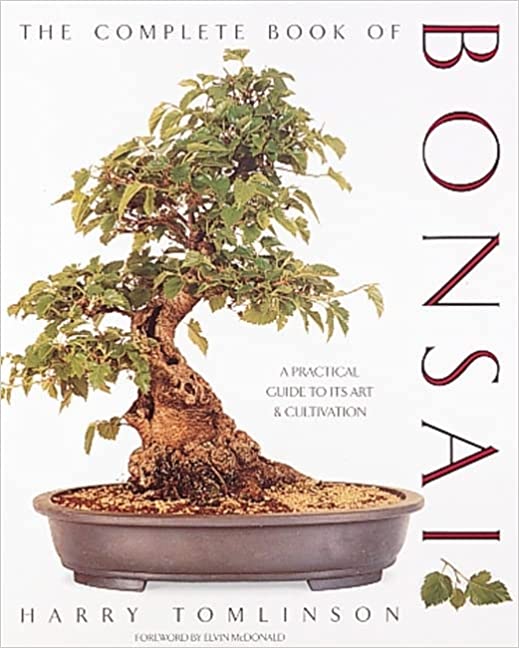
2. “Bonsai Techniques II” by John Yoshio Naka:
This book is a follow-up to Naka’s popular “Bonsai Techniques I” and offers advanced insights and techniques for cultivating and designing bonsai trees. It includes detailed explanations of how to create different bonsai styles as well as information on bonsai care and maintenance.

3. “Bonsai Design: Japanese Maples” by Peter Adams:
This book focuses on the design principles and techniques used in creating bonsai trees from Japanese maple trees. It includes step-by-step instructions on how to design and care for Japanese maple bonsai, as well as photos of stunning designs.

4. “The Bonsai Workshop” by Herb Gustafson:
This book provides a step-by-step guide on bonsai growth and care, with thorough instructions on how to grow and care for several varieties of bonsai trees. It also gives useful hints on how to handle common problems and keep bonsai trees healthy.

5. “Bonsai Secrets: Designing, Growing, and Caring for Your Miniature Masterpieces” by Peter Chan:
This beginner-friendly primer to bonsai cultivation and design includes easy-to-follow instructions and helpful advice. It also contains stunning photographs of bonsai designs from around the globe as well as information on the history and culture of bonsai.
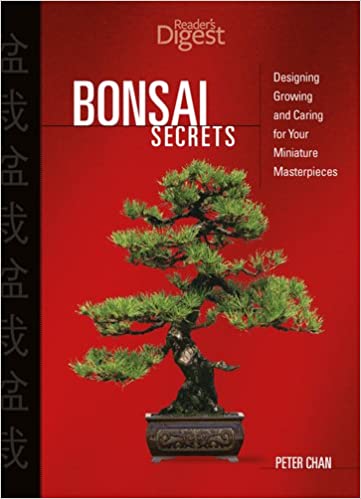
Bonsai experts and fans highly suggest these five books, which are full of useful information and ideas for anyone interested in this unique and interesting art form.
A Buying Guide for Bonsai Books
If you’re interested in buying a bonsai book, here are some factors to consider to help you choose the right one:
Level of experience: Choose a book according on your current level of bonsai expertise. Books that focus on the fundamentals and provide straightforward, step-by-step explanations are ideal for beginners. Books that detail more complex methods and design ideas should be scouted by those with more experience.
Focus: Bonsai books might concentrate on certain areas of bonsai culture, such as style, pruning, or soil composition. Consider what parts of bonsai you are most interested in, and then select a book that corresponds to your preferences.
Style of bonsai: There are several bonsai styles, each with its own distinctive traits and design concepts. Look for publications that specialize on the styles that fascinate you the most, such as formal upright, casual upright, cascade, or windswept.
Author: Look for bonsai publications published by renowned and experienced authors. Examine the author’s history and qualifications to determine that they understand bonsai and are well-respected in the bonsai world.
Photos and illustrations: Bonsai books often include photos and illustrations that showcase different bonsai designs and styles. Look for books with clear and high-quality images that will help you visualize the techniques and designs being described.
Reviews: Read reviews from other readers to get an idea of what to expect from the book. Look for reviews that discuss the book’s content, readability, and usefulness.
Price: The price of bonsai literature can range from a few dollars to more than one hundred dollars. Consider your budget when selecting a book, and seek out the greatest value.
By considering these factors, you can select a bonsai book that satisfies your needs and interests and enhances your bonsai cultivation and design skills.
Conclusion
Books on bonsai are an indispensable resource for anyone intrigued in this distinct and exquisite art form. They provide valuable information on how to care for bonsai trees and offer inspiration and ideas for designing distinct and attractive bonsai arrangements. A decent bonsai book is an indispensable resource for mastering this captivating art form, whether you are a novice or an experienced practitioner.
FAQ:
Q: What are the benefits of reading bonsai books?
A: Bonsai books can provide valuable information on bonsai cultivation, design, and care.
Q: What is the best bonsai book for beginners?
A: “The Complete Book of Bonsai” by Harry Tomlinson is a great choice for beginners.
Q: What is the best bonsai book for advanced bonsai enthusiasts?
A: “Bonsai Techniques II” by John Yoshio Naka is a great choice for advanced bonsai enthusiasts.
Q: What are some popular bonsai styles covered in bonsai books?
A: Popular bonsai styles covered in books include formal upright, informal upright, cascade, windswept, and many others.
Q: What should I look for in a bonsai book?
A: Consider your level of experience, the focus of the book, the style of bonsai you’re interested in, the author’s credentials, the quality of photos and illustrations, reviews, and price.
Q: Are bonsai books expensive?
A: Bonsai books can range in price from a few dollars to over a hundred dollars.
Also Read:



